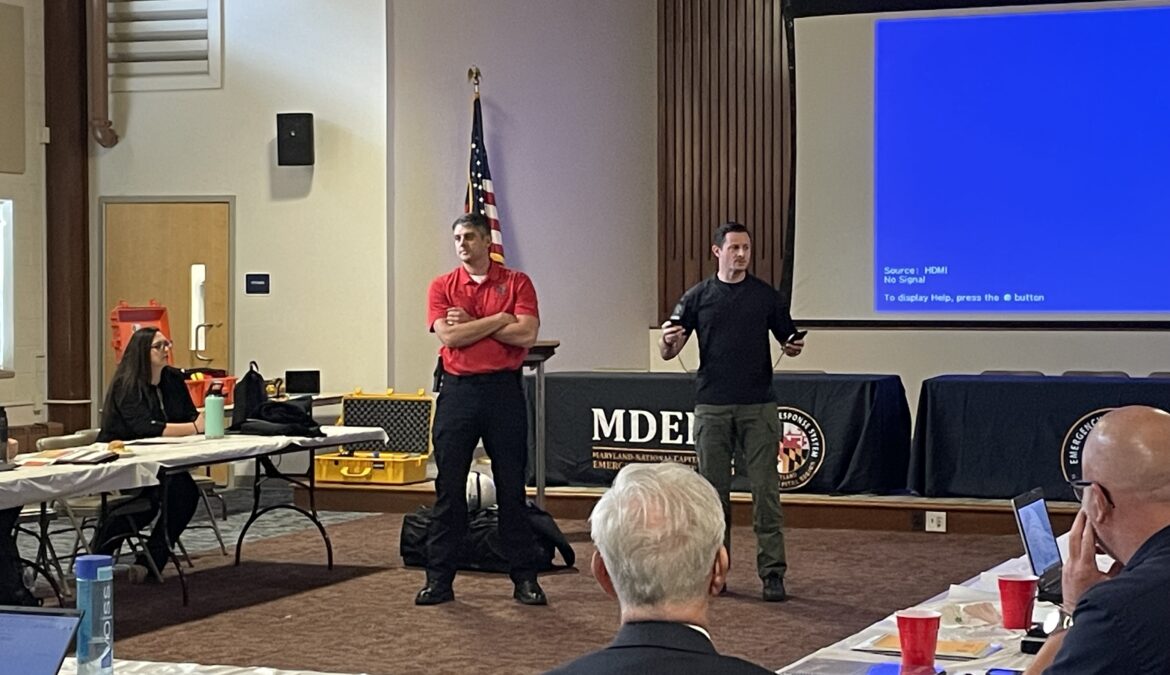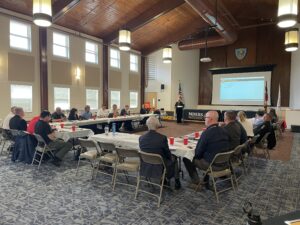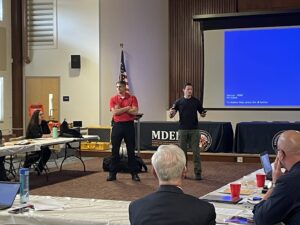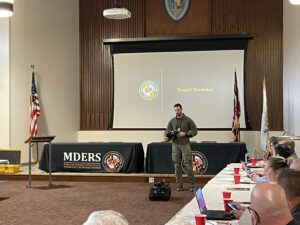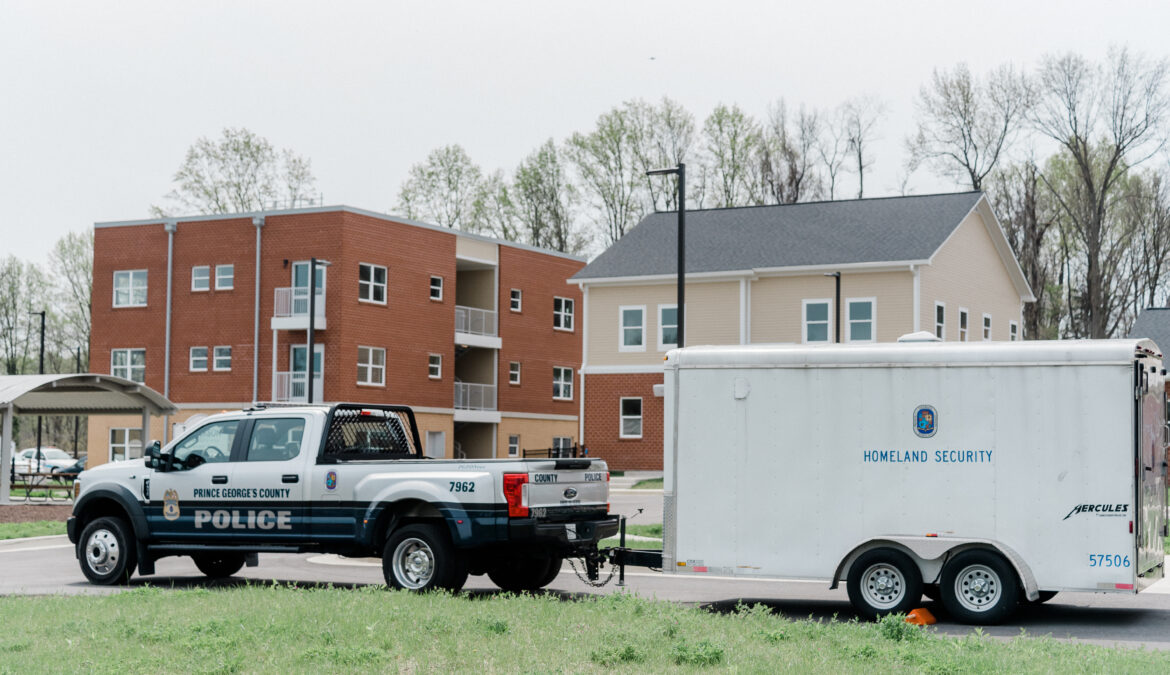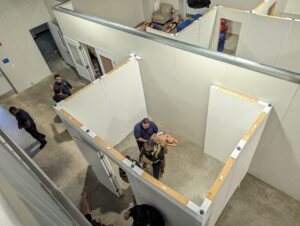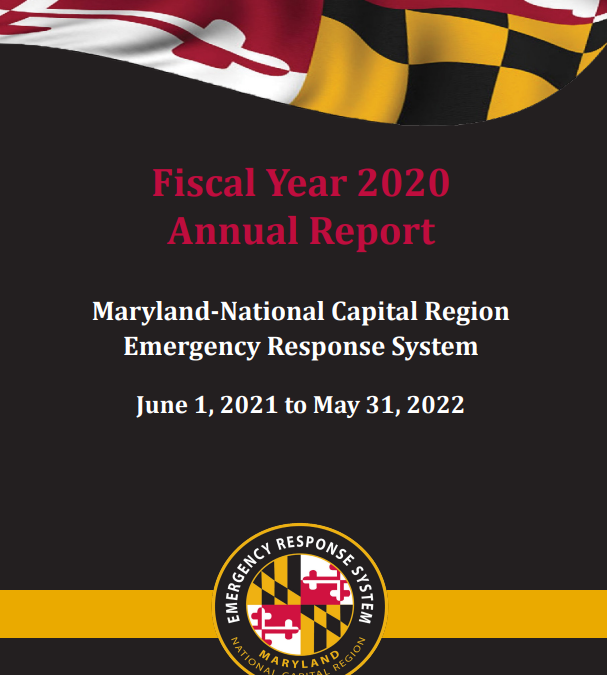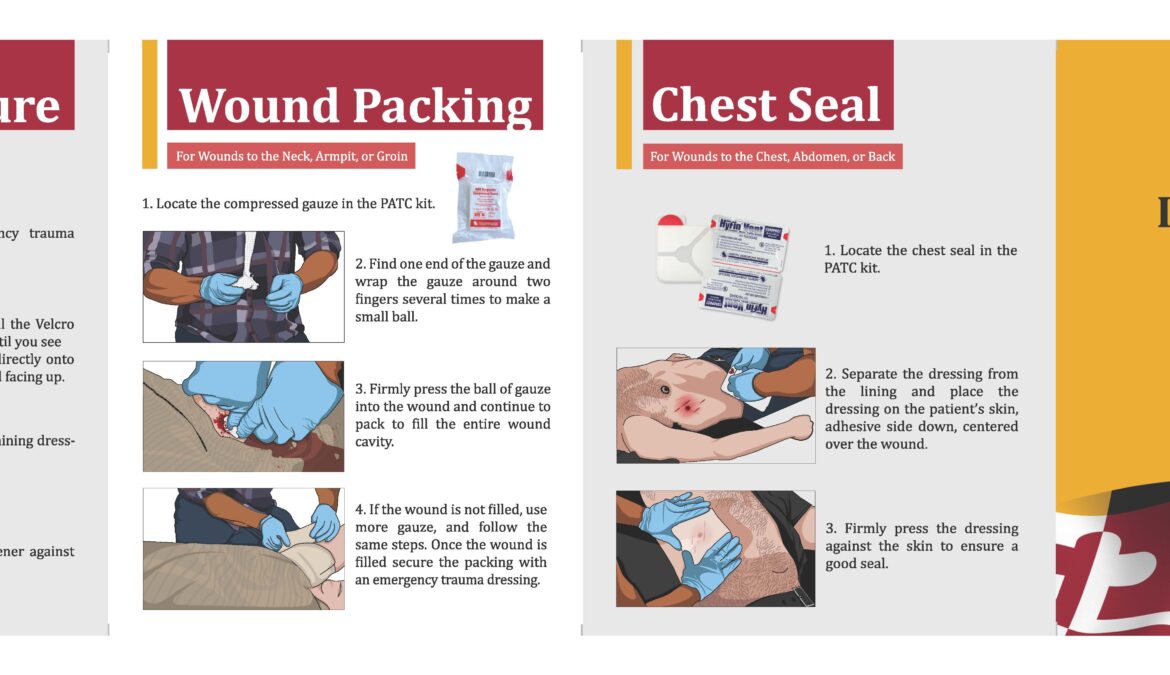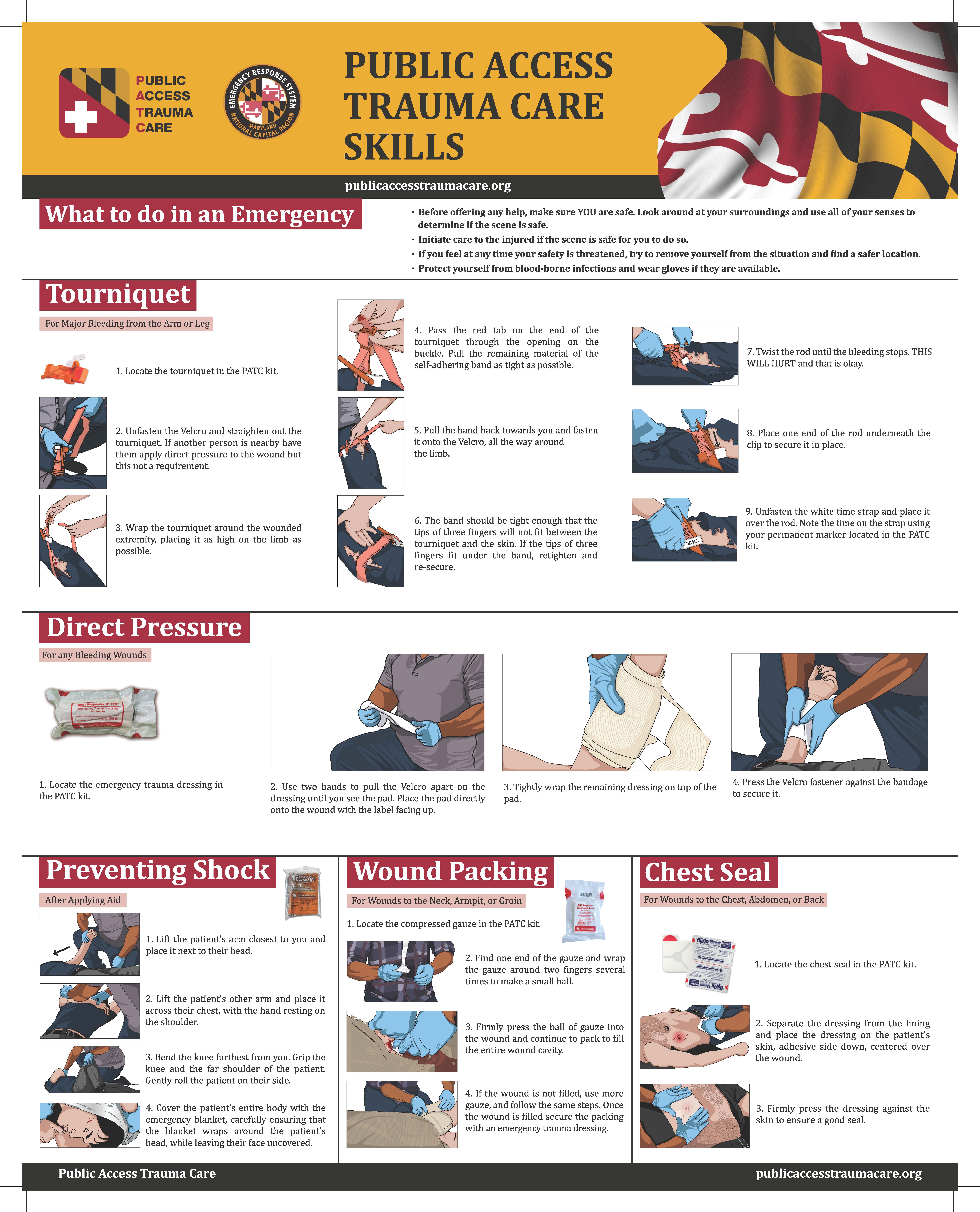Artificial intelligence (AI) continues to revolutionize the world. For as many threats as AI poses, it has the potential to create just as many benefits. This article is the third and final in a three-part series on artificial intelligence from the Maryland-National Capital Region Emergency Response System (MDERS) that will explore a few beneficial applications of AI.
Damage Assessments: After Hurricane Ian devastated Florida in 2022, FEMA utilized a machine learning model from aerial imagery to review and assess the magnitude of structural damage to buildings. The AI platform was taught to analyze terrain, compare historical and recent images, and classify damage. This resulted in a reduction of the structures needing review to 77,000 from over a million initially identified as damaged (DHS, 2023). Utilizing AI for damage assessments would ensure a more effective allocation of resources post-disaster.
Cybersecurity: AI can be utilized to detect and even prevent cyber threats to critical infrastructure. Machine learning models can identify abnormal activity and flag it. The Cybersecurity and Infrastructure Security Agency (CISA) developed the Cyber Sentry program to assist their threat-hunting analysts in monitoring critical infrastructure networks in the U.S. CISA is also utilizing AI to reverse engineer malware, ensuring the U.S. stays up to date on techniques utilized by threat actors and how to counter them (DHS, 2023).
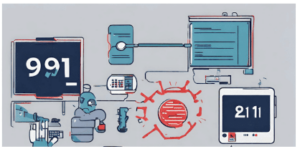
911 Centers: 911 Call Center usage of AI systems has substantially increased in the U.S. AI is being used for a multitude of purposes in these centers to ensure faster response times and more accurate use of emergency resources. AI has also been used to have live, two-way translation for call takers and callers. Callers who do not speak English often face delays in service due to the need to connect with translation services. Additionally, 911 call centers often field non-emergency calls in addition to their 911 duties. Numerous jurisdictions across the U.S. utilize AI services that answer non-emergency calls and connect callers with the right resources, allowing trained dispatchers to stay available to take emergency calls (Hernandez, 2023).
Advances in AI have the ability to positively contribute to public safety and homeland security. AI can potentially pose significant risks and threats to the world, but it can also enable more efficient, proactive, and responsive solutions to problems.
References
Hernandez, A. (2023, October 19). AI moves into overworked 911 centers. Stateline.org https://www.ems1.com/technology/articles/ai-moves-into-overworked-911-centers-nQ0TiXT0robghbfd/
U.S. Department of Homeland Security. (2023). Artificial Intelligence Use Case Inventory. U.S. Department of Homeland Security. https://www.dhs.gov/data/AI_inventory



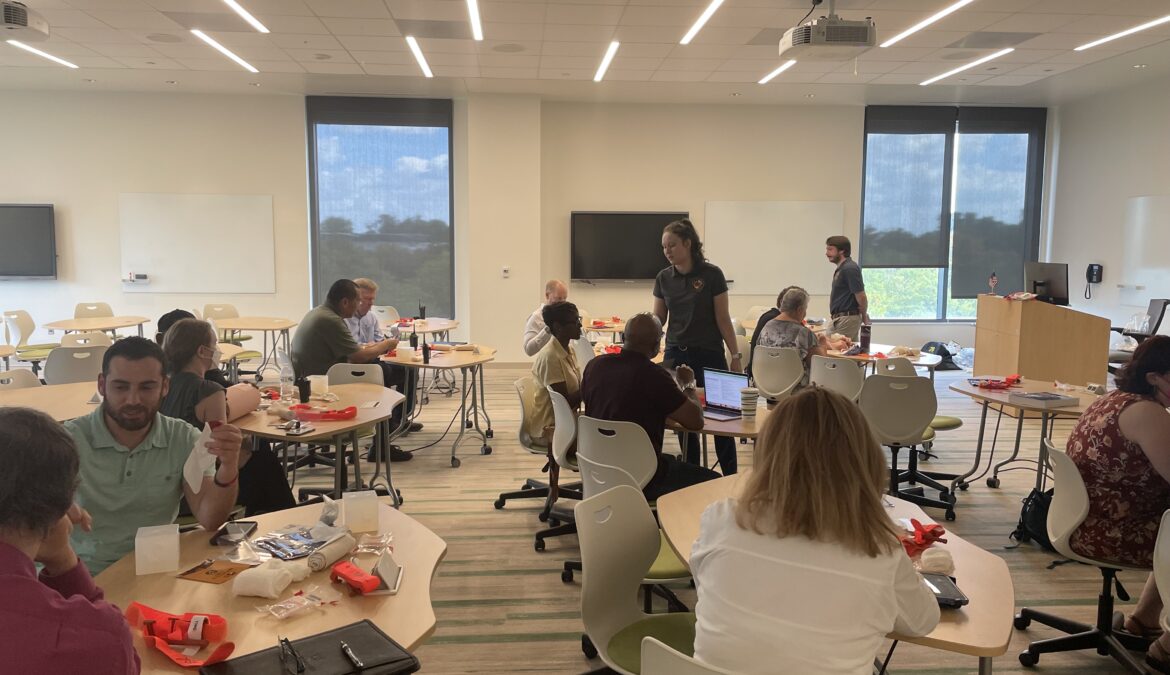
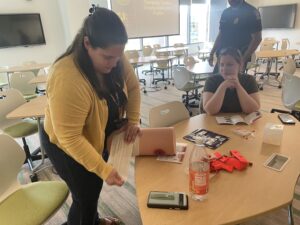 The course then transitioned to basic medical education. Participants were taught about indicators of severe blood loss and the ramifications of major, life-threatening bleeding. Potential signs of life-threatening bleeding include but are not limited to blood spurting from the wound, blood pooling on the ground, and clothes soaked with blood. A victim exhibiting any of these symptoms needs immediate medical care.
The course then transitioned to basic medical education. Participants were taught about indicators of severe blood loss and the ramifications of major, life-threatening bleeding. Potential signs of life-threatening bleeding include but are not limited to blood spurting from the wound, blood pooling on the ground, and clothes soaked with blood. A victim exhibiting any of these symptoms needs immediate medical care.